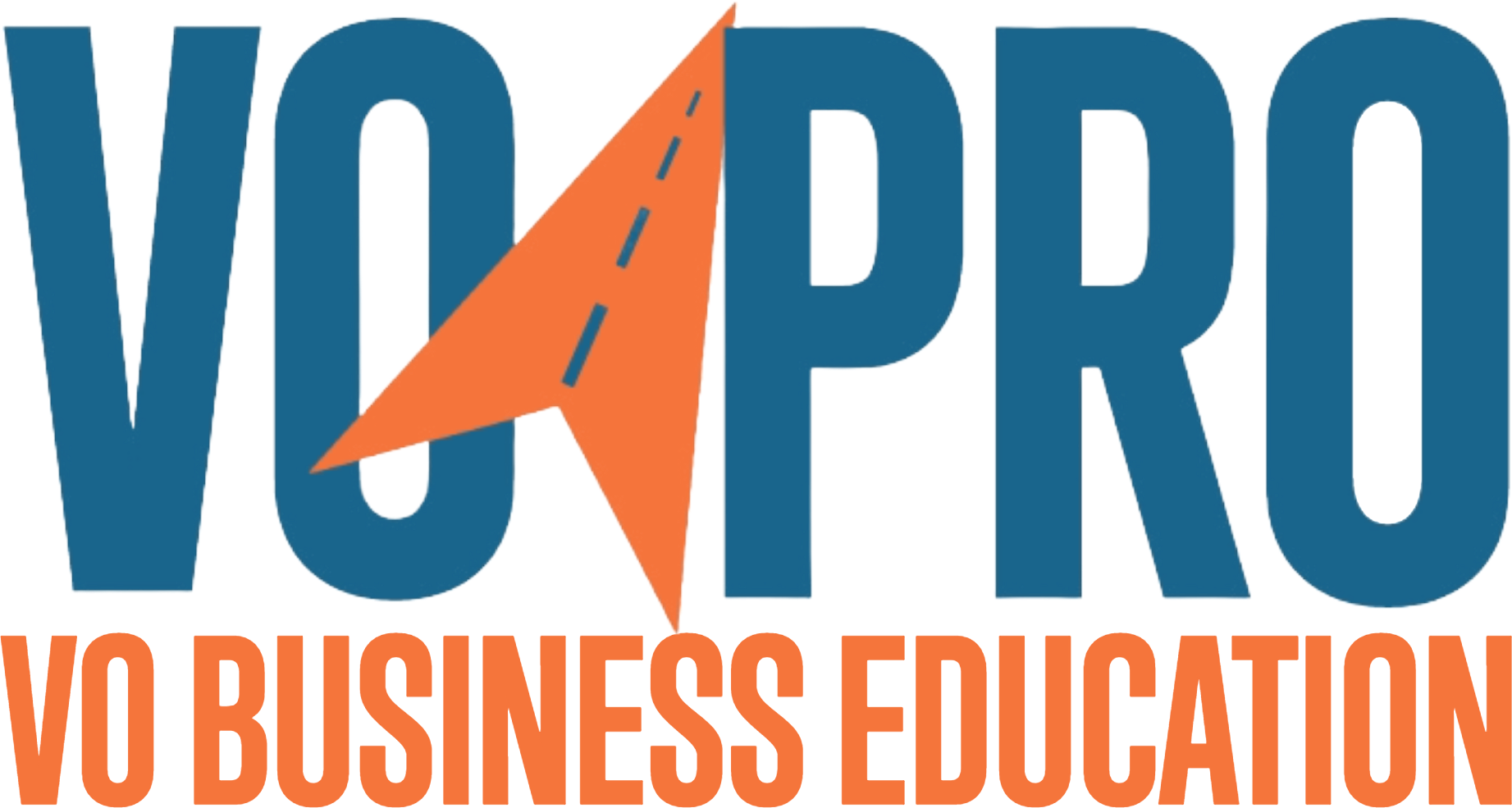“Quality Audio"? Who Cares.
As you can imagine, I talk to a lot of voice actors and follow several hundred on social media. As a result, I see a lot of messaging from voice-over talent.
One trend I see across social media is the strong tendency to wave a paper sword in their messaging.
A paper sword doesn’t take many prisoners.
Huh?
One classic example of a paper sword is the car dealer ad that promises price, service, and selection. Every car dealer in town (and maybe the world?) boasts that at their dealership you can get all three.
In addition to the old truism, “Price, service, selection: pick two,” the real problem with this strategy is that every car dealer beats this messaging to death (or at least used to).
It’s a weak message that is so watered down by overuse that it has no resonance with buyers. When the majority in a category is using the same messaging, it does nothing to set anyone using it apart from the rest.
It’s a paper sword.
I see a lot of paper swords from voice actors. Let’s look at some general themes.
“Quality recordings and a low noise floor”
C’mon, man. This is a baseline assumption of buyers. If you’re going to work in this business as a pro, you’d better damn well be putting out quality audio. A voice actor touting quality audio, low noise floors, clean recordings, etc. is like asking someone out on a date by saying, “Hey, I have a pulse and a head! I’m clearly your best choice!”
Are there tons of people who can barely fog a mirror and have a USB mic still managing to produce substandard audio daily on Fiverr? Of course, there are. But those aren’t the people you’re trying to set yourself apart from if you approach your voice-over business as a professional.
“Remote Capable”
In 2022, with all the technology choices available today, if you can’t reliably conduct a remote recording session via Zoom, Google Meet, GoTo, Skype, (and the list goes on), then you’re at a severe disadvantage. Being remote-session-ready as a voice actor is a baseline assumption of the professional voice-over buyer. It’s like a movie theater boasting air-conditioning. It worked in the 1930s when no one else had air conditioning. It doesn’t work today.
By the way, “Source-Connect Home Studio” can be a differentiator. We saw this, especially in the early days of the COVID-19 pandemic. Many established SAG/AFTRA VO talent in New York and L.A., where the old-school model of “audition at the studio, record at the studio” was still in play, did not have home studios, much less, ones equipped with Source-Connect. Overnight, these voice actors were left scrambling to get home setups with Source-Connect up and running.
As a result, lots of pro talent outside of NYC and Los Angeles, myself included, saw our auditions from our NY and LA agents skyrocket.
As the pandemic continues, many of those voice actors now have Source-Connect in place, and so in truth, while Source-Connect is still very much the industry standard, it is a bit less of a differentiator for pro talent than it was pre-COVID.
As such, “Broadcast Quality” is also a paper sword. In the digital age, if you can’t fulfill the basic requirements of clean, clear, quiet audio, then you shouldn’t yet be trying to compete as a voice actor.
“Broadcast quality” is almost meaningless anymore because the old standards of broadcast quality, back when we had analog equipment, tube amps, and radio transmitters (do they still use those? 🤣) have been blown past by much of today’s digital equipment. Again, the folks who still can’t meet this baseline requirement aren’t the professional voice actor’s competition.
People don’t buy paper swords. They buy what sets you apart. What makes you better? What makes you different? What makes you unique and rare? What makes potential buyers trip over themselves to do business with you?
It ain’t quality audio. You need to show up to the date with more than a pulse and a head.

